1000 (currently 15 hours): The Perspectives and Thought Processes of an Exercise Professional
Description:
001 RETHINKING EXERCISE: EVOLVING FROM A PARTICIPANT TO A PROFESSIONAL
- Part 1 – Introduction to Client Defined 34:02
- Part 2 – Client Defined 23:26
- Part 3 – The Language of Exercise 29:56
- Part 4 – Introduction to EP/F and IP/F 27:50
- Part 5 – Internal Function and Performance 16:32
- Part 6 – The Functional Continuum® 17:42
- Part 7a – What is Exercise 30:21
- Part 7b – What is Exercise 35:47
- Part 7c – What is Exercise 44:02
- Part 7d – What is Exercise 25:31
- Part 8a – What is AN Exercise? 42:31
- Part 8b – “The BEST”; “THE Way” 31:00
- Part 8c – What it Works; What it Looks Like 18:31
- Part 8d – An Exercise is…. 53:37
- Part 9 – The Exercise Equation 42:26
- Part 10 – Exercise Mechanics 43:54
- Part 11 – The Orchestration Process 29:28
- Part 12 – The Exercise Continuum® 54:41
1010 CLIENT-DEFINED: THE DETAILS
- Part 1 – “WHO?” 51:22
- Part 2a – “GOAL?” 12:53
- Part 2b – Macro Goals 24:10
- Part 2c – Client Considerations 9:37
- Part 2d – Expectations 22:38
- Part 2e Practical Knowledge 20:31
- Part 2f – Final Considerations 18:46
- Part 3a – “TOLERATE?” 34:38
- Part 3b – “TOLERATE?” continued 31:08
- Part 3c – Tolerance-Effort Addendum 16:27
- Part 4 – “HAVE?” 12:18
- Part 5 – “OWN?” 17:30
- Part 5a – “OWN?” 30:12
FITNESS – HEALTH – MEDICAL Course
More information about Medical:
Medicine is the science and practice of establishing the diagnosis, prognosis, treatment, and prevention of disease.
Medicine encompasses a variety of health care practices evolved to maintain and restore health by the prevention and treatment of illness.
Contemporary medicine applies biomedical sciences, biomedical research, genetics, and medical technology to diagnose, treat, and prevent injury and disease,
typically through pharmaceuticals or surgery, but also through therapies as diverse as psychotherapy, external splints and traction, medical devices, biologics, and ionizing radiation, amongst others.
Medicine has been around for thousands of years, during most of which it was an art (an area of skill and knowledge) frequently having connections to the religious and philosophical beliefs of local culture.
For example, a medicine man would apply herbs and say prayers for healing, or an ancient philosopher and physician would apply bloodletting according to the theories of humorism.
In recent centuries, since the advent of modern science, most medicine has become a combination of art and science (both basic and applied, under the umbrella of medical science).
While stitching technique for sutures is an art learned through practice.
The knowledge of what happens at the cellular and molecular level in the tissues being stitched arises through science.


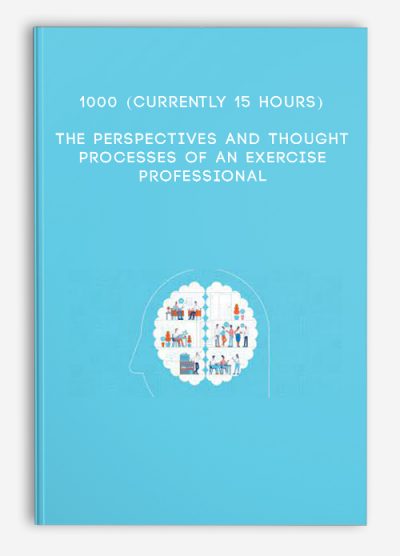
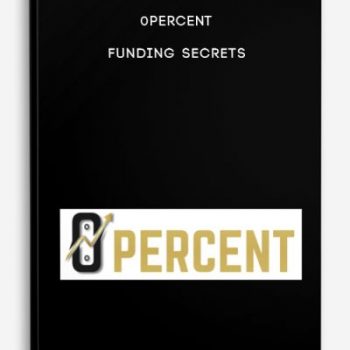
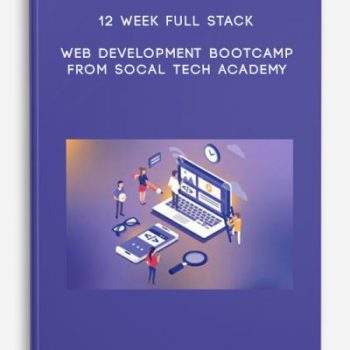
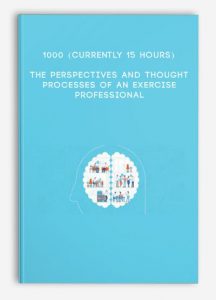
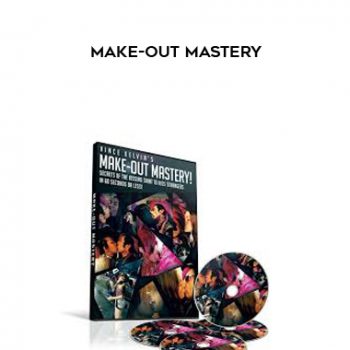
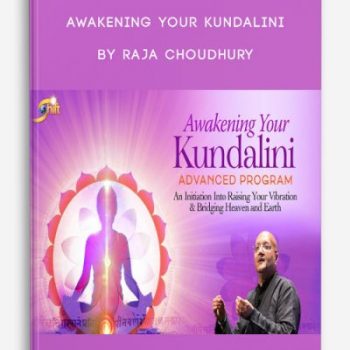
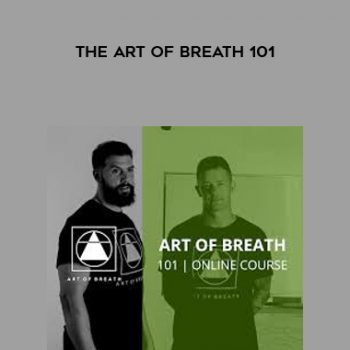
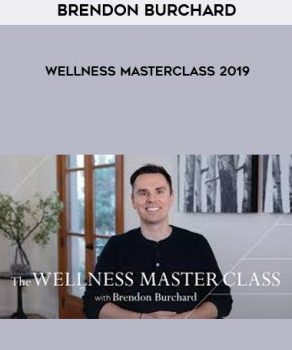
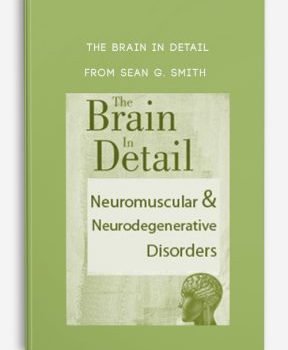
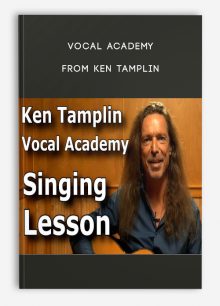
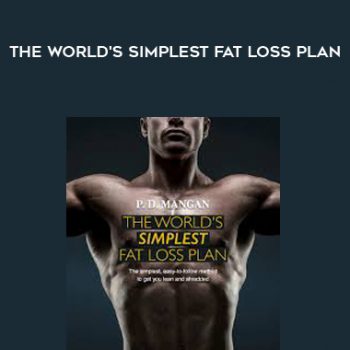

Lord –
This is Digital Download service, the course is available at Vincourse.com and Email download delivery.